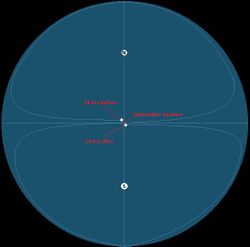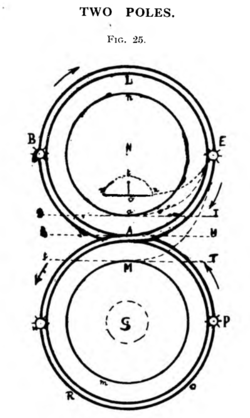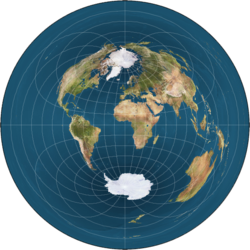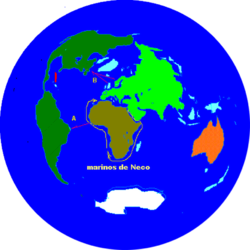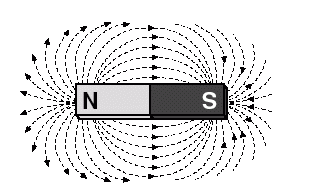Bi-Polar Model
The Bi-Polar Model is a model of the earth which was devised by the Universal Zetetic Society, the precursor to the Flat Earth Society, in the early 1900's following reports of further exploration of Antarctica and direct discovery of the South Pole. This model features two poles and an Antarctic continent which exists in standard contexts. An 'Ice Wall' still exists in this model, but it is not Antarctica. It is assumed that beyond the rays of the sun the waters will naturally freeze.
The existence of a South Pole has been long theorized. It should be noted that prior to Earth Not a Globe, the Flat Earth model had multiple poles (See The Anti-Newtonian). It is thought that Rowbotham simplified the matter to one pole in his work due to the lack of direct evidence for additional poles.
Explanatory Video
Flat Earth Crush has produced content on the Bi-Polar model which showcases some of its benefits. It should be noted that the author has mentioned in other videos on the topic that he using the selected map as an example only for his purposes. Runtime: 15m
Related videos by Flat Earth Crush:
Maps
There are a wide variety of continental layout possibilities for Bi-Polar map. The continental layout is unknown and has yet to be fully researched due to ambiguities of jet streams, flight routing, and non-direct flights. The Bi-Polar model is sometimes illustrated with vertical ovals, vertical circles, or with a placeholder map.
- 1. From Bobby Shafto
- 2. From The Sea-Earth Globe and and its Monstrous Hypothetical Motions (1918) by Zetetes (p.30)
- 3. Origin Unknown
- 4. Sandokan's map
Circumnavigation involves traveling Eastwards or Westwards in relation to the magnetic field lines. On a Bi-Polar model the magnetic field lines would spread out from the North and South poles like the magnetic field lines on a bar magnet.
The needle of a compass would align with those magnetic field lines in the navigator's local area. Since East and West are at right angles to the field lines, moving East or West in relation to those field lines would take one in a circle around the North or South poles. This also implies that if one were to follow the magnetic field lines North or South that they would eventually get to the Northern or Southern poles.
It should be noted that the magnetic field lines which are produced by a magnet always wrap around and connect to the opposite pole, and that none travel forever into space.
Celestial Rotation
In the Bi-Polar model the stars above the earth are rotating in one direction in the Northern Hemiplane and in the opposite direction in the Southern Hemiplane, like a set of interlocked gears.
Eastward Sunrise
Q. How the sun can rise from near the east under this configuration?
A. An answer to this query may be that it is similar to its operation in the standard Monopole model. When we observe the sun, we are observing its projection upon the atmolayer. The sun which is seen is local and individual to each observer. Accordingly, the easterly sunrise is a consequence of the following:
- The points along the edges of the sun's circular area of light are sunrise (or sunset).
- Our vision is very limited. One cannot see infinitely into the distance.
- The edge of the sun's circular area of light is approaching the observer from the Eastward from his or her position.
Sunrise will occur from an Eastward direction as a natural consequence of the observer's limited range of vision. The sun's circular area of light generally intersects the observer's area of vision from an Eastward direction. During Equinox the sun's circular area of light is pivoting around the Northern and Southern poles in a figure eight. The points along the edge of the sun's area of light are close to traveling along the observer's latitude line as it intersects the observer's viewing area, even if the sun is not, and will intersect and appear from near the East in initial bearing.
If a cloud were traveling along the circle of your latitude line, and you only see it when it is close to you, would you see it appear from the east or near the east? The same explanation for this occurrence is given for the local sun and the manifestation of its initial Eastward bearing. The points along the edge of sun's area of light are projections of the sun which will appear to the observer once in his or her viewing range.
For additional details see: Equinox

